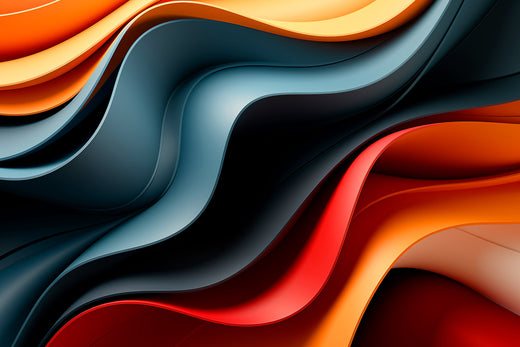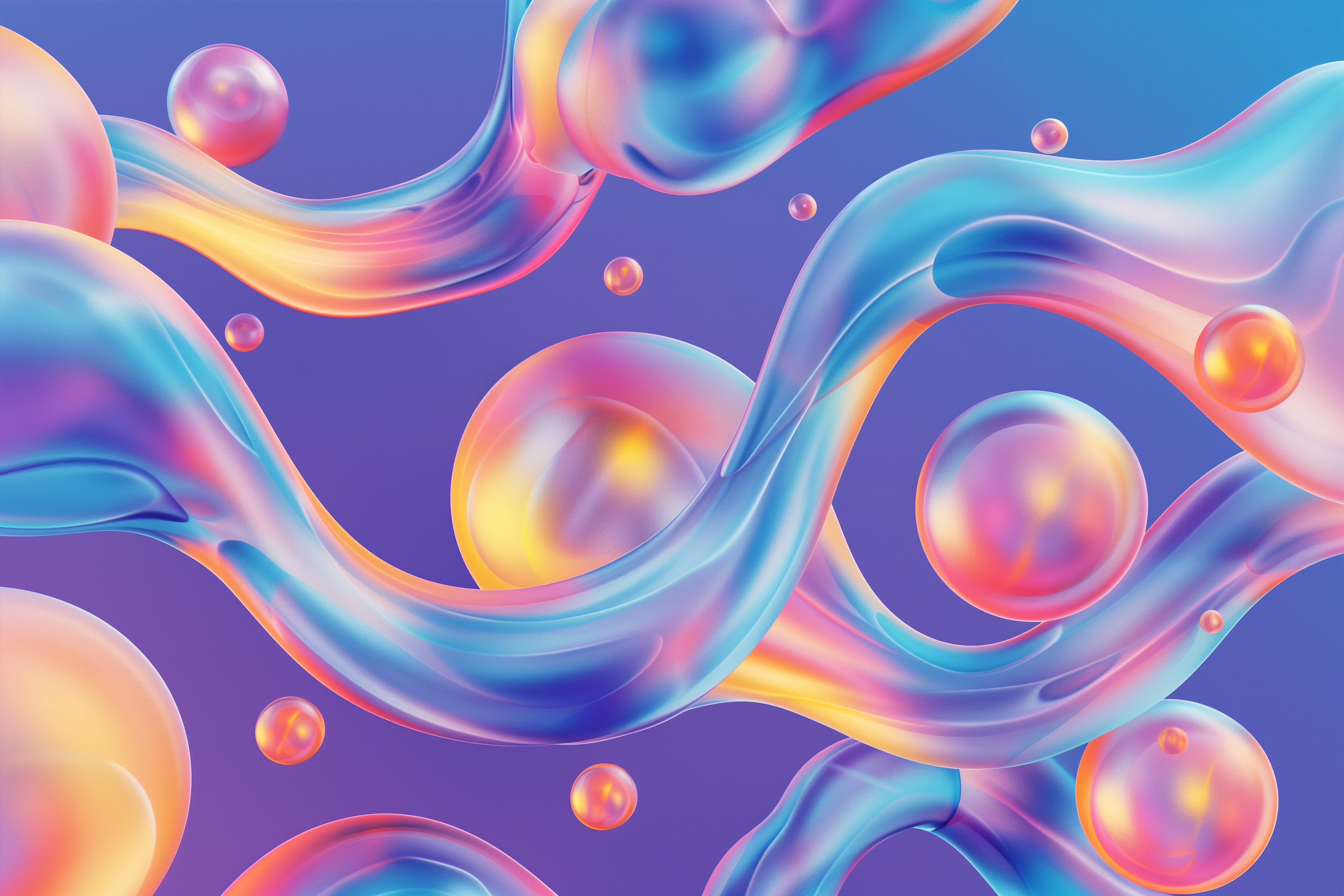
What Cannot Be Sublimated?
What Cannot Be Sublimated?
Sublimation printing is a game-changer for customizing products with vibrant, long-lasting designs. However, not everything can be sublimated. Understanding the materials and surfaces that don’t work with sublimation is crucial for successful crafting projects. In this blog, we’ll explore what cannot be sublimated and why, so you can avoid common mistakes and make the most of your sublimation journey.
What Makes Sublimation Special?
Sublimation printing uses heat and pressure to transfer dye into specially coated surfaces or polyester-based materials. The dye bonds with the polymers in these materials, creating permanent, high-quality prints. This unique process requires specific conditions, meaning not all materials or items are compatible.
Materials That Cannot Be Sublimated
1. Natural Fibers (Cotton, Linen, Wool)
Sublimation only bonds to polyester or polymer-coated surfaces. Natural fibers, such as cotton or linen, lack the chemical structure needed to hold sublimation ink.
- Why? These fibers cannot form the bond required for the ink to adhere permanently.
- Alternative: Use heat transfer vinyl (HTV) or special sublimation sprays designed for cotton.
2. Uncoated Hard Surfaces
Glass, metal, wood, or ceramics that aren’t treated with a sublimation-friendly coating will not work.
- Why? Sublimation ink requires a special polymer coating to bond with hard surfaces. Without it, the design won’t transfer or will easily fade.
- Alternative: Purchase pre-coated sublimation blanks designed for these materials. Craft Express offers a variety of sublimation-ready mugs, keychains, and more.
3. Dark-Colored Items
Sublimation printing doesn’t work on dark or black items because the ink is translucent and relies on the white or light-colored background to make the colors pop.
- Why? The colors will appear muted or invisible on darker surfaces.
- Alternative: Use white or light-colored blanks for the best results. Alternatively, consider methods like screen printing for dark materials.
4. Low-Quality Polyester Blends
While polyester is necessary for sublimation, low-percentage blends (below 50% polyester) can result in dull, uneven prints.
- Why? Sublimation ink only bonds with the polyester fibers, meaning fewer fibers lead to less vibrant results.
- Alternative: Use 100% polyester or a high-quality blend with at least 65% polyester content.
Why Understanding Compatibility Matters
Attempting to sublimate incompatible materials can lead to wasted time, money, and supplies. By choosing the right substrates and blanks, you’ll achieve professional-quality results every time.
How to Avoid Mistakes
- Check for Sublimation Coatings: Only use blanks explicitly labeled as sublimation-ready.
- Stick to Light Colors: Opt for white or pastel-colored surfaces to ensure vibrant results.
- Understand Material Limits: Stick with polyester-based or coated materials for consistent success.
Where to Find Sublimation-Ready Products
At Craft Express, we take the guesswork out of sublimation with a wide selection of premium, sublimation-ready blanks. From mugs to T-shirts, we have everything you need to create stunning, personalized projects. Explore our collection today to set yourself up for success.
Conclusion: Stay In the Sublimation Sweet Spot
Not every material is sublimation-friendly, but with the right tools and knowledge, you can create beautiful, durable designs on compatible surfaces. Stick to polyester-based fabrics, light-colored items, and coated blanks for the best results.
Ready to get started? Browse Craft Express’s sublimation products and discover the perfect blanks for your next creative project! 🚀




1 comment
The information about SUBLIMATION is crucial as I am planning a new crafting project. I am a crafter vs. artist and I work with many different mediums – rock, paint, tile, etc. – but you don’t know what you don’t know. Thank you for educating me about this process.
Sheila Brady
Leave a comment
This site is protected by hCaptcha and the hCaptcha Privacy Policy and Terms of Service apply.